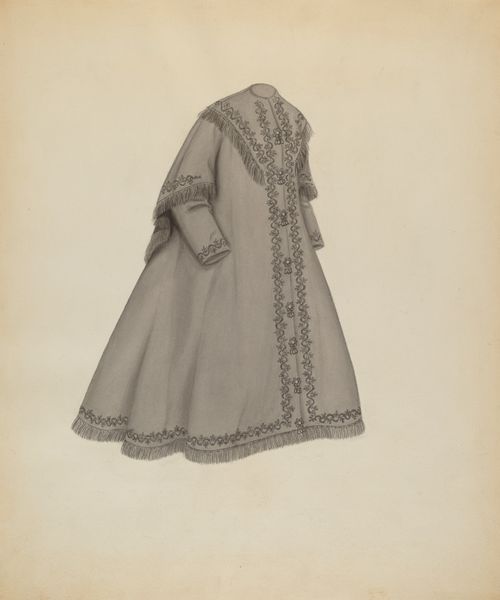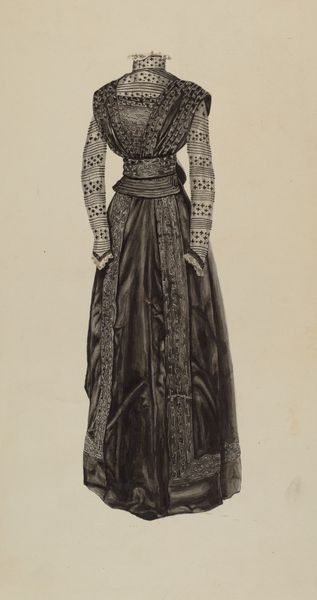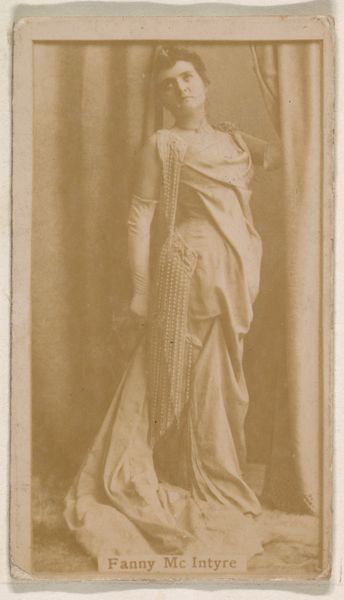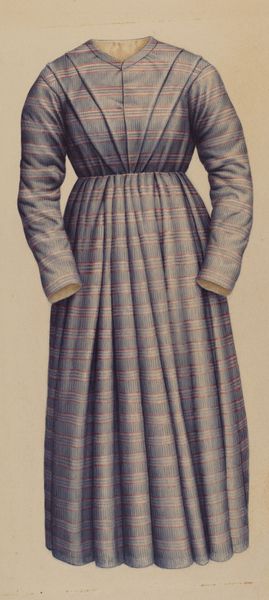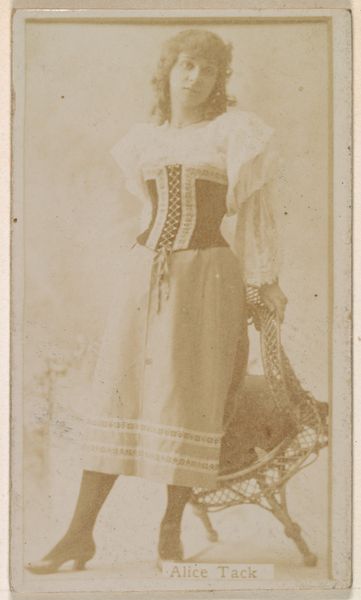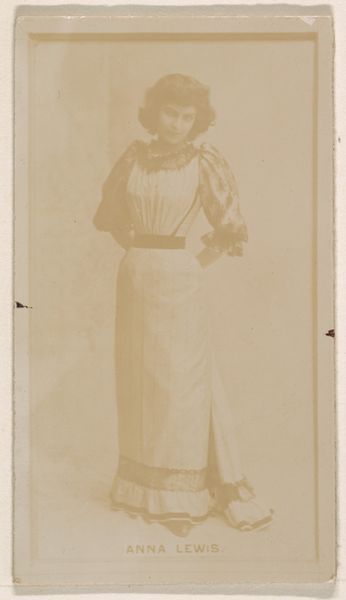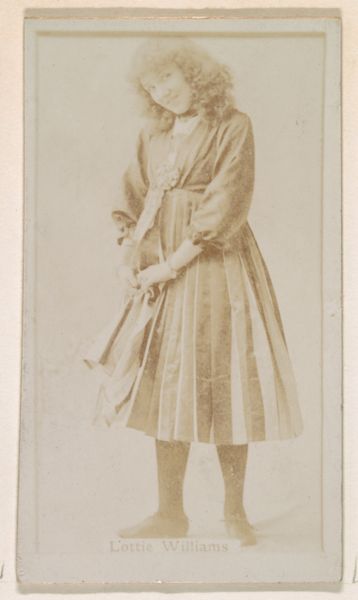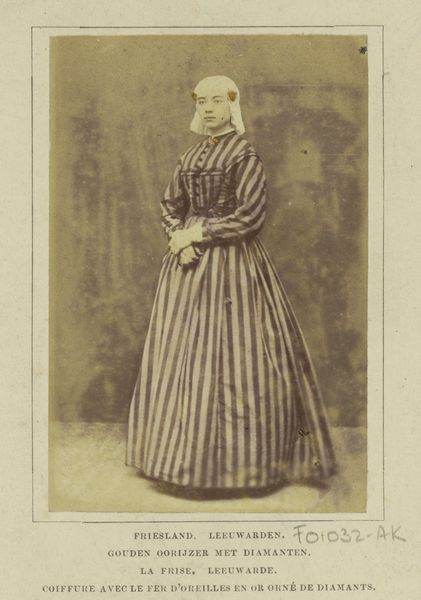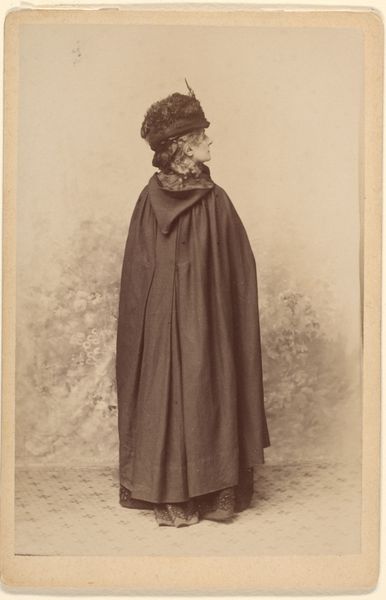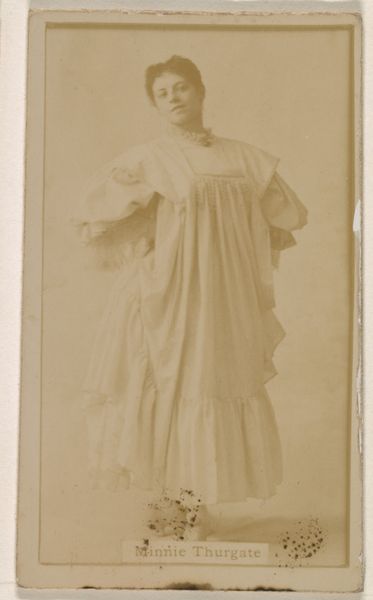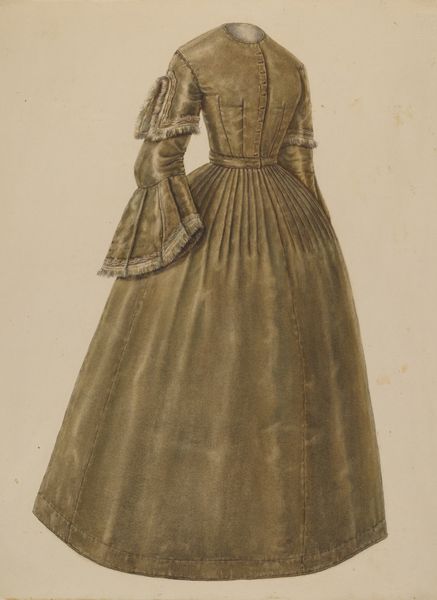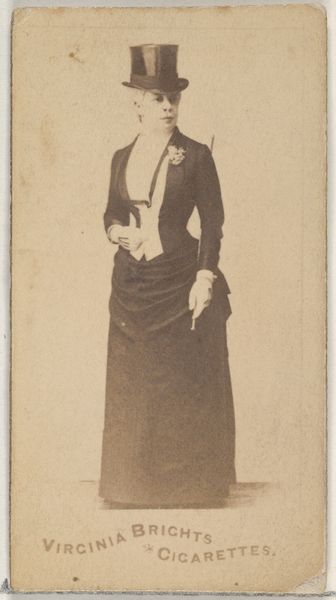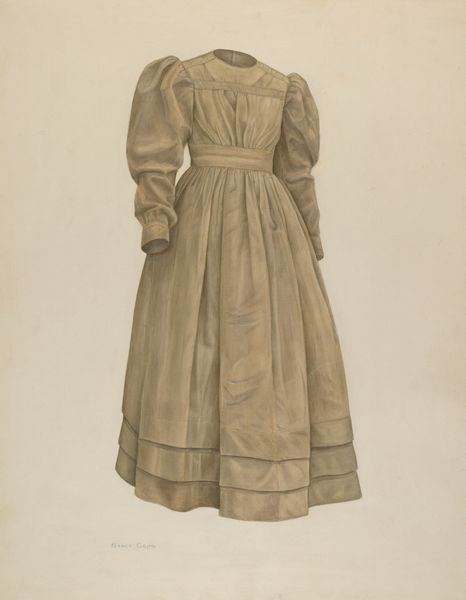
drawing, pencil, graphite
#
portrait
#
pencil drawn
#
drawing
#
light pencil work
#
pencil sketch
#
charcoal drawing
#
historical fashion
#
pencil drawing
#
pencil
#
graphite
#
graphite
Dimensions: overall: 45.8 x 36.7 cm (18 1/16 x 14 7/16 in.)
Copyright: National Gallery of Art: CC0 1.0
Editor: This is Henry De Wolfe's "Riding Habit," a pencil and graphite drawing from around 1939. The dress itself feels…suspended, like a ghost from another era. The detail is incredible for a drawing. What jumps out at you? Curator: Oh, the melancholic beauty! It's like a whispered secret from the past. The absence of a figure almost gives it a presence of its own. It's more than just fashion; it's a vessel. What sort of story do you imagine it could tell, were it able to speak? Editor: I hadn't thought of it that way. It’s easy to see it as just a dress study, but the emptiness does give it this strange feeling. Do you think it's making some kind of comment about women's roles in the past? Curator: Perhaps indirectly, yes. Imagine the constraints, the expectations woven into every stitch. The riding habit, typically associated with freedom and movement, here feels still, presented for our consideration. Look at the tight sleeves, they feel a bit constricting, don’t they? Almost as if they are trying to contain something. Editor: They really do! And the high neck, it looks so formal. The puffed sleeves are almost comically large in comparison. Maybe that’s part of the message too. What did riding habits mean to women at that time? Curator: Exactly. The riding habit symbolized a certain social status, access to leisure, even a degree of independence within a patriarchal society. It was freedom, of a very particular kind. This drawing invites us to reflect on how much has changed, and perhaps, how much has remained the same. A beautiful piece that makes you think about history, power, and identity. Don’t you think? Editor: Definitely. I see the riding habit, and its story, so differently now. Curator: Precisely! Isn't it fantastic when art nudges you to reconsider perspectives, to dive deep into the details? It’s less about what we see, and more about how we feel when we’re looking.
Comments
No comments
Be the first to comment and join the conversation on the ultimate creative platform.
